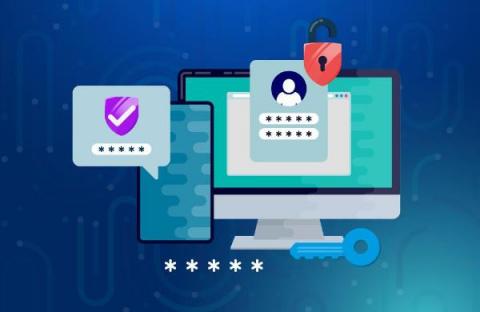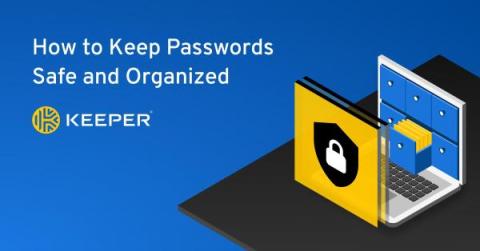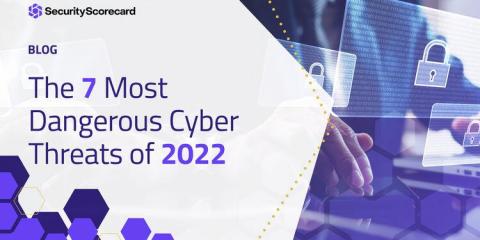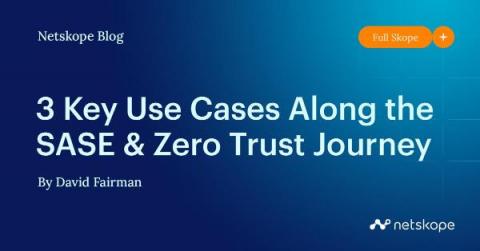Everything You Need to Know About Application Security Best Practices
Software applications are the weakest link when it comes to the security of the enterprise stack. In The State of Application Security, 2022, Forrester reports that the majority of external attacks occur either by exploiting a software vulnerability (35 percent) or through a web application (32 percent). Source: Forrester: The State of Application Security 2022










